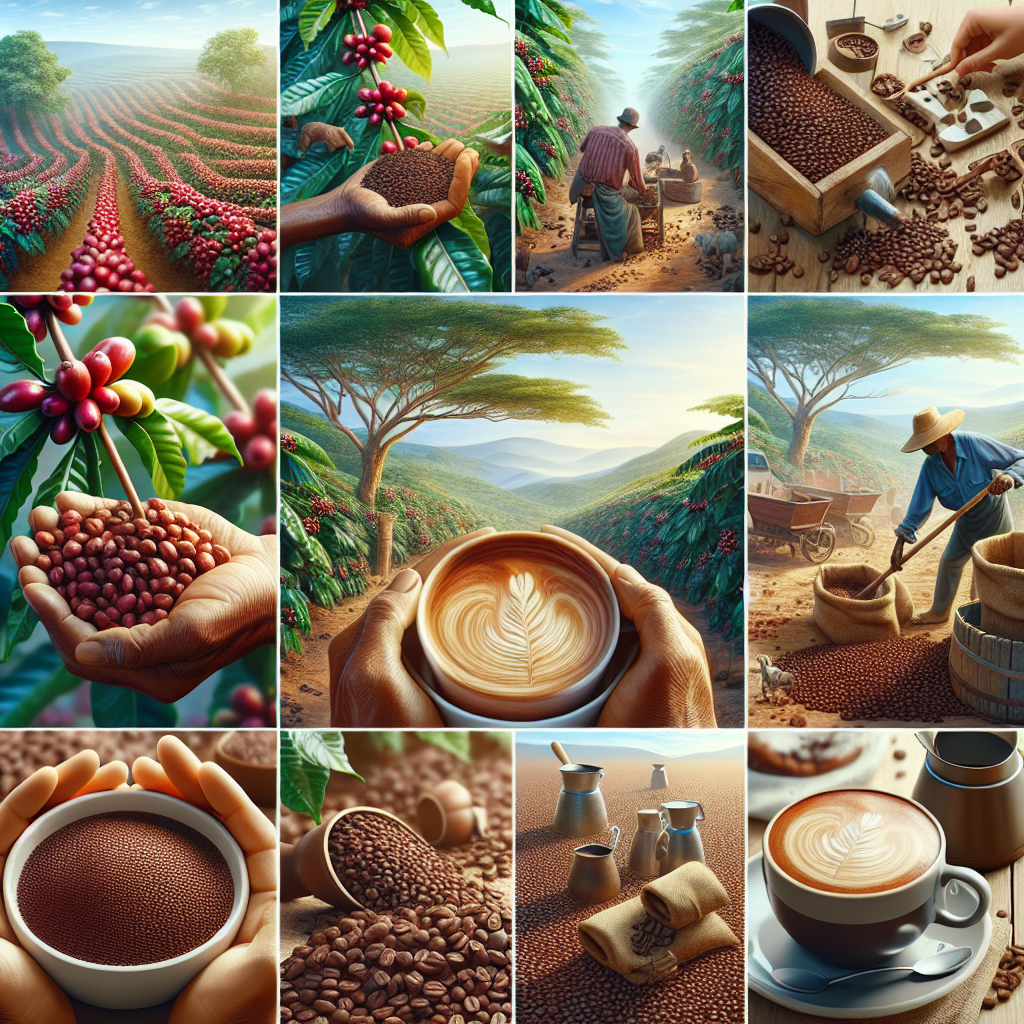Introduction
Imagine waking up to the rich aroma of freshly brewed coffee wafting through your home. For true coffee aficionados, this isn’t just a morning routine—it’s a sacred ritual. But what exactly makes one cup of coffee superior to another? Why do some beans stand out as the epitome of quality while others fade into the background?
In this article, we will embark on a journey through the world of high-quality coffee. We will explore the best coffee regions, delve into the meticulous production process, and understand what makes certain beans truly exceptional. So grab your favorite mug, sit back, and let’s dive into the fascinating world of premium coffee.
Table of Contents
- The Importance of Coffee Regions
- The Journey from Bean to Cup
- Factors That Define High-Quality Coffee
- FAQs About High-Quality Coffee
- Conclusion
The Importance of Coffee Regions
Coffee is much like fine wine; its flavor profile is heavily influenced by the region where it is grown. The terroir—the unique combination of soil, climate, and altitude—plays a pivotal role in shaping the characteristics of the coffee beans.
Regions such as Ethiopia, Colombia, and Costa Rica are celebrated for producing some of the best coffee beans in the world. Each region brings its own distinctive notes to the table. Ethiopian coffee often boasts floral and fruity undertones, while Colombian beans are known for their balanced acidity and caramel sweetness.
Ethiopia: The Birthplace of Coffee
Ethiopia is often hailed as the birthplace of coffee. The country’s rich history and diverse landscapes contribute to its unique coffee profile. Imagine sipping a cup with hints of jasmine and blueberry—this is the magic that Ethiopian beans can offer.
Colombia: The Land of Rich Flavors
Colombia’s mountainous terrain and ideal climate conditions make it a haven for coffee cultivation. The beans from this region are renowned for their smooth, well-balanced flavors and medium body.
The Journey from Bean to Cup
The journey from bean to cup is a fascinating process that involves multiple stages, each crucial in ensuring the end product is nothing short of spectacular. Understanding this journey can deepen your appreciation for every sip you take.
From planting and harvesting to roasting and brewing, every step requires expertise and precision. To learn more about this intricate process, check out our detailed guide on the journey of black coffee production.
The Art of Roasting
Roasting is where the magic truly happens. It’s akin to an artist painting a masterpiece. The roaster must carefully balance time and temperature to bring out the best flavors hidden within the beans. A slight variation can make or break the final product.
Brewing Methods
Once roasted, the brewing method plays a pivotal role in determining the quality of your cup. Whether you prefer a French Press or an Espresso machine, each method extracts different flavors and aromas from the beans. For instance, using a French Press allows for a fuller-bodied experience compared to a drip coffee maker.
Factors That Define High-Quality Coffee
Several factors contribute to what makes a coffee bean high quality:
- Altitude: Higher altitudes usually yield denser beans with more complex flavors.
- Processing Method: The way beans are processed (washed, natural, honey) impacts their taste significantly.
- Freshness: Freshly roasted beans deliver superior flavor compared to older, stale beans.
- Grind Size: The grind size should match your brewing method for optimal extraction.
- Water Quality: Using clean, filtered water can enhance the overall taste of your coffee.
FAQs About High-Quality Coffee
What is considered high-quality coffee?
High-quality coffee is generally defined by its unique flavor profile, lack of defects, and freshness. Beans that score highly in cupping tests conducted by professionals are often deemed high quality.
How can I identify high-quality coffee beans?
Look for beans that have a roast date within the last few weeks, come from reputable regions, and have specific tasting notes listed on the packaging.
Why does the region matter?
Different regions provide unique growing conditions that give the beans distinct flavors. This is why Ethiopian coffee tastes different from Colombian or Costa Rican varieties.
Conclusion
In conclusion, the quest for high-quality coffee is a journey worth undertaking. From selecting beans from renowned regions to understanding the intricacies of the production process, every aspect plays a crucial role in delivering that perfect cup. So next time you brew your morning coffee, remember the fascinating story behind those precious beans.
If you’re intrigued by how instant coffee is made or want to explore more about coffee grinders, feel free to check out our posts on instant coffee making process and manual coffee grinders.
Happy Brewing!






